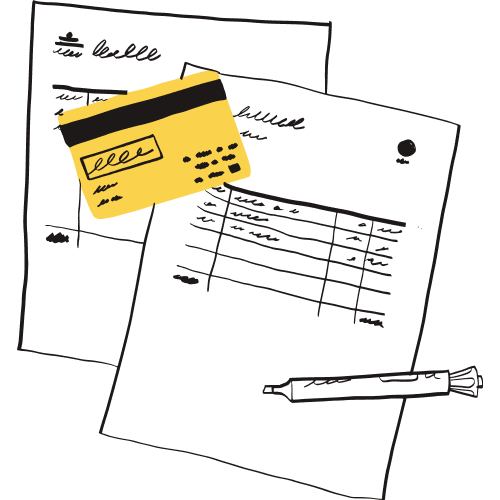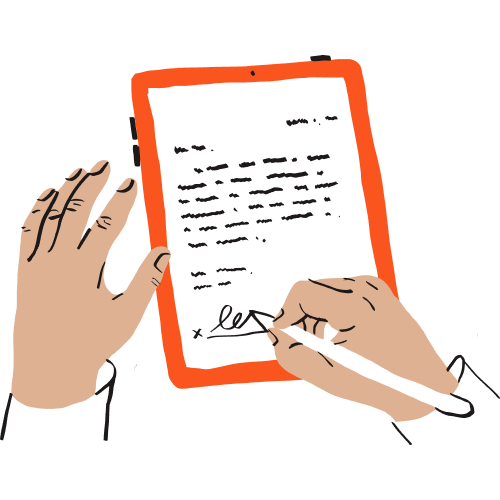What is a lease agreement?
A lease agreement form is a real estate document between a landlord (“lessor” or “property owner”) and a tenant (“renter” or “lessee”). It's also known as a rental agreement or rental contract.
Each lease agreement is a written record of the rental agreement. It outlines the rights, responsibilities, and obligations of both parties throughout the tenancy.
These can change slightly based on state law or federal laws—meaning it’s important you know exactly what to include, based on your state.







